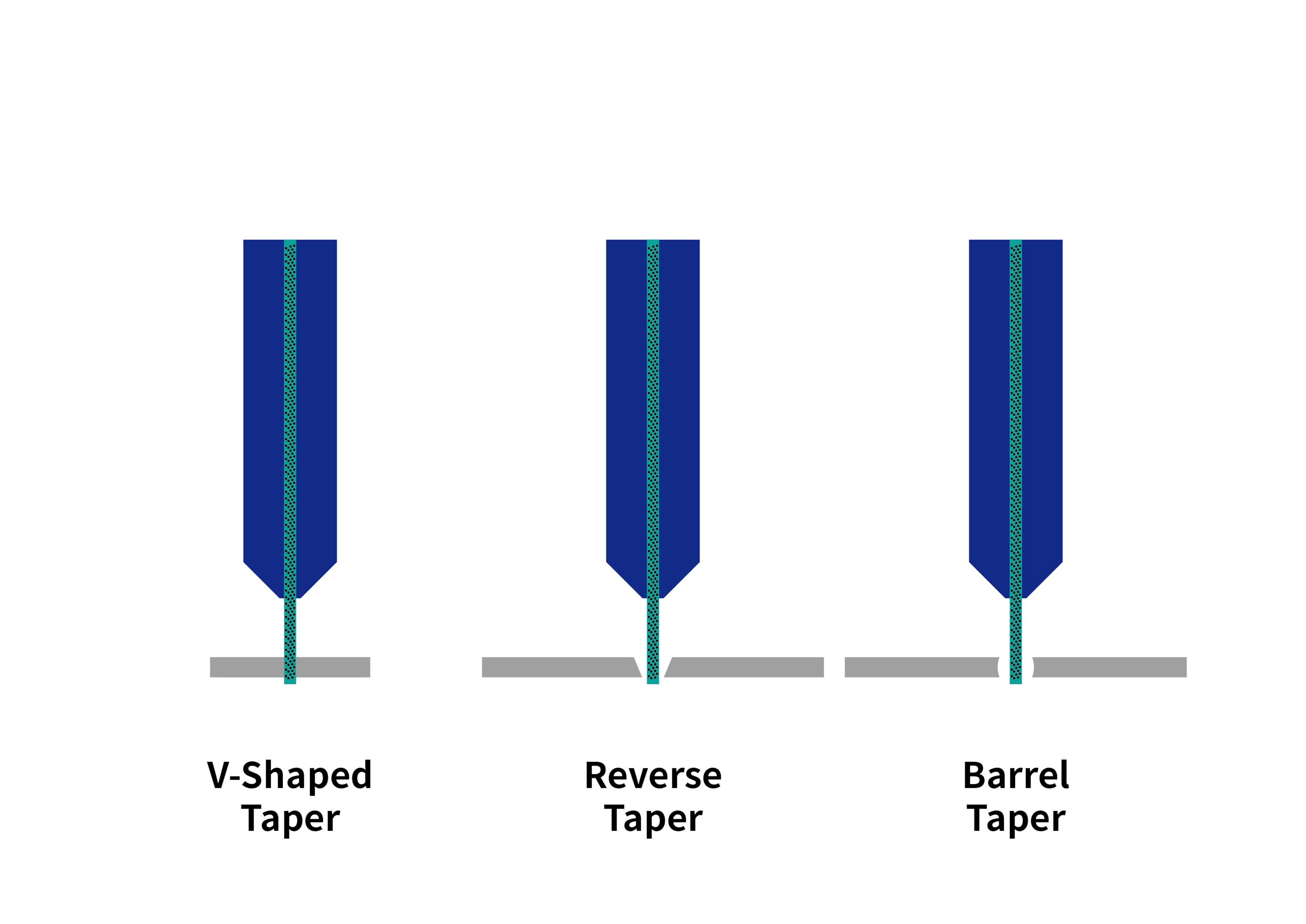Turning Vision to Reality: Craft of Industrial Cutting
In the world of industrial industry, the journey from a groundbreaking concept to a physical goods often hinges on the precision of cutting technologies. As industries progress and demand for complex designs expands, creative techniques such as optical and waterjet cutting methods are growing increasingly essential. These approaches not only boost effectiveness but also guarantee that even the most complex designs can be realized with remarkable accuracy.
Laser-based cutting uses high-powered beams of light to cut through materials with a finesse that traditional methods have trouble to achieve. Meanwhile, High-pressure water cutting utilizes the strength of intense water pressure, often mixed with grit, to shape through a varied range of materials without producing heat. Together, these technologies represent the forefront of industrial capabilities, enabling manufacturers to transform their concepts into actuality with impressive detail and speed.
Understanding Slicing Techniques
Machining technologies hold a key role in the manufacturing field, facilitating precision and efficiency in the manufacturing process. Among the top techniques are laser cutting and water jet cutting, each with specific benefits and uses. The decision between these methods often depends on the materials involved and the particular requirements of the project.
Laser cutting utilizes a focused beam of light to cut through materials with remarkable precision. This technique is especially efficient for cutting metals, plastic, and wood, allowing for intricate designs and smooth edges. The quickness and accuracy of laser cutting contribute to enhanced productivity and minimized scrap, rendering it a popular option in multiple fields, from vehicle to aerospace.
On the other hand, water jet cutting employs a high-pressure stream of liquid, frequently combined with abrasives, to cut through materials. This technique is flexible and can work with a wide range of materials including metals, glass, and composites. Unlike laser machining, waterjet cutting does not generate heat-affected zones, making it ideal for substances that are easily affected to heat changes. The versatility and ability to slice thick materials without altering their properties have rendered waterjet cutting a go-to solution for many commercial applications.
Uses of Laser Beam and Waterjet
Laser technology is widely used across numerous industries due to its exactness and adaptability. In the metals manufacturing sector, lasers can slice through dense steel, and other metals with remarkable precision, allowing for complex designs and narrow tolerances. This capability makes laser cutting an excellent choice for applications ranging from vehicle parts to aviation components, where even differences can lead to major issues.

Water jet technology, on the flip hand, is preferred for its ability to cut through a broad range of materials, including metal, glass, ceramics, and composites. This technology uses high pressure water mixed with gritty materials, enabling it to cut through thick sections without introducing heat, thus avoiding warping or harm to the material. Industries such as design, interior design, and placard creation often depend on waterjet services to create intricate shapes and patterns that demand a smooth edge finish.
Both laser and waterjet cutting service s have found applications in the manufacturing of bespoke products. Companies turn to these processes to produce models, distinct parts, and specialized tools that meet particular client demands. With the capability to handle diverse materials and detailed designs, these cutting techniques play a key role in driving progress and efficiency in manufacturing processes.
Choosing the Right Cutting Service
When selecting the appropriate cutting solution for your manufacturing needs, multiple elements must be taken into account. Both laser and waterjet cutting methods offer unique advantages, making it essential to evaluate the particular needs of your project. Consider the substances you will be working with, as laser cutting excels with metals and thin substances, while waterjet cutting can efficiently handle more robust substances and a wider range of materials such as composite materials and ceramic materials.
Moreover, turnaround time and precision are critical elements to consider. Laser cutting typically provides faster processing speeds and high precision for intricate designs, which can be vital for assignments with strict deadlines or specific specifications. On the other hand, waterjet cutting, while potentially not as fast, delivers reliable results without thermal distortion, making it a better option for projects requiring a high degree of detail and structural integrity.
Lastly, financial constraints and operational capabilities of the cutting service should not be overlooked. It's important to get quotes from various suppliers and assess the value for money of each service. Understanding the equipment and expertise of the provider can also help make sure that the decision made aligns with your quality expectations and financial viability, ultimately resulting in a successful project.